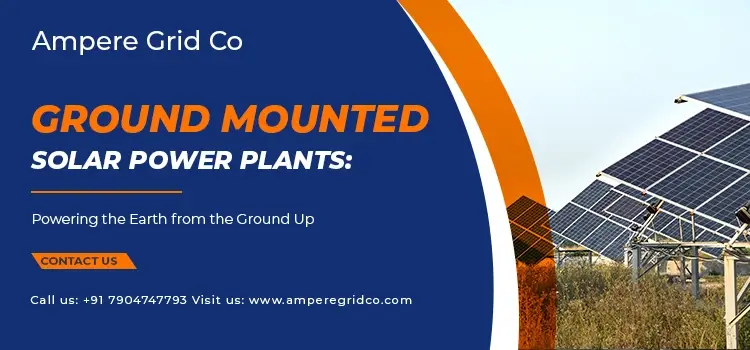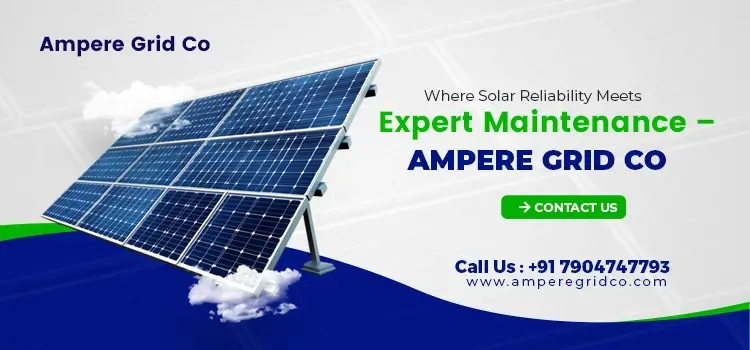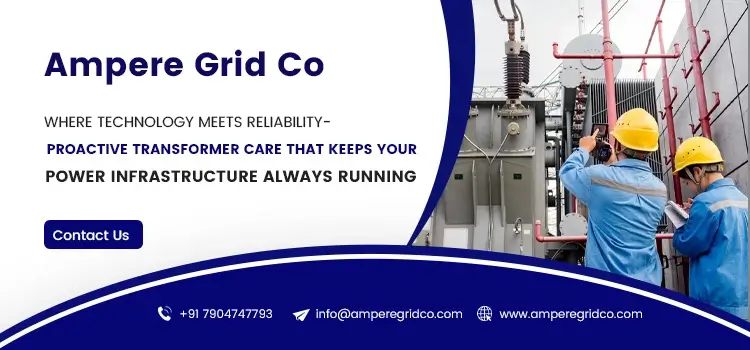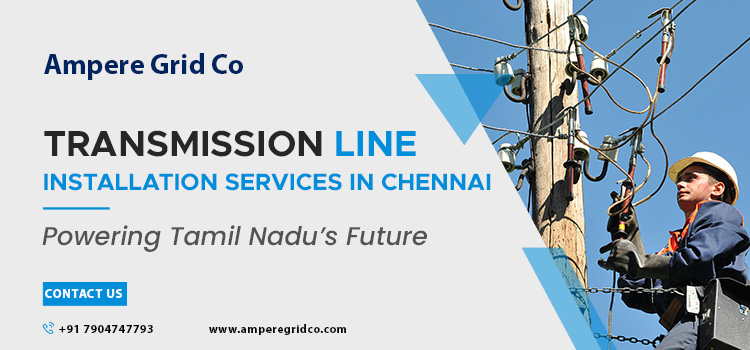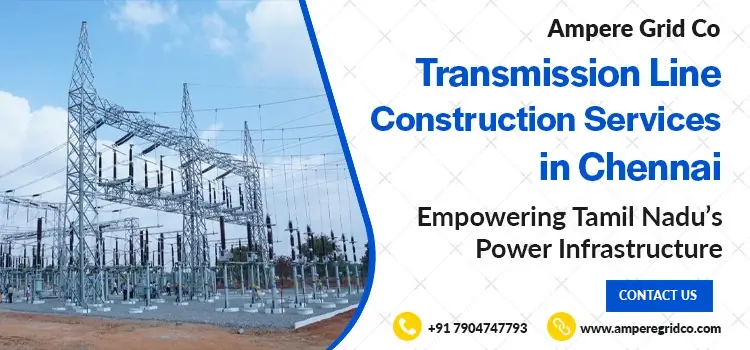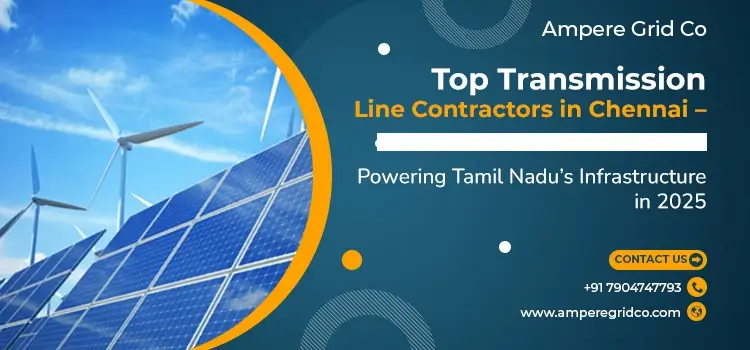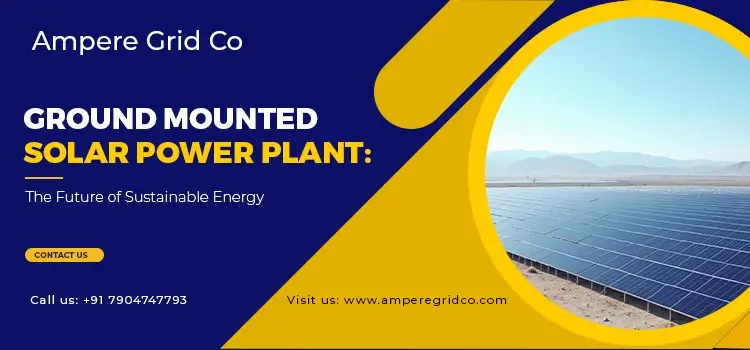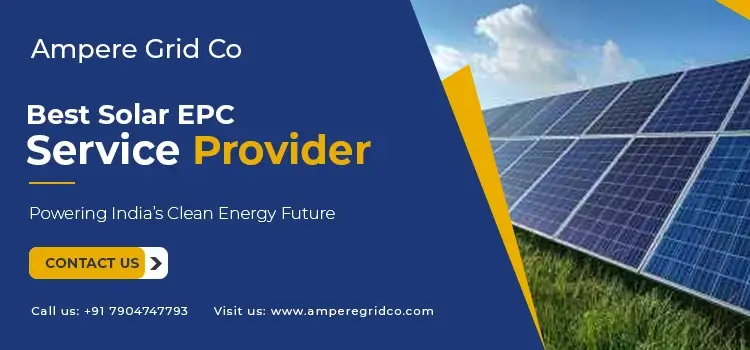As the world shifts toward clean and renewable energy, solar power continues to shine as one of the most practical and scalable solutions. While rooftop solar panels are common in homes and buildings, ground mounted solar power plants are the backbone of large-scale solar energy production — powering cities, industries, and even entire regions.
What is a Ground Mounted Solar Power Plant?
A ground mounted solar power plant is a solar photovoltaic (PV) system installed directly on the ground. Unlike rooftop solar, these systems are typically installed on open land, such as unused fields, industrial zones, or barren land. They’re perfect for utility-scale projects that aim to produce energy on a megawatt scale.
Types of Ground Mount Solar Systems:
- Fixed-Tilt Systems – Panels are set at a fixed angle optimized for sunlight exposure.
- Single-Axis Trackers – Panels move east to west with the sun’s path.
- Dual-Axis Trackers – Panels follow the sun both vertically and horizontally for maximum efficiency.
Key Benefits of Ground Mounted Solar Power Plants
1. Maximum Sunlight Exposure
These systems are strategically installed at the best possible angle and direction, increasing power output.
2. Large-Scale Energy Generation
From 1 MW to 100 MW or more, ground-mounted plants can scale up to meet energy demands of communities, factories, or power grids.
3. Easier Maintenance
Open access makes it simpler to inspect, clean, or repair components compared to rooftop systems.
4. Land Optimization
They’re often built on low-utility land—such as deserts, unused industrial plots, or even floating systems on water bodies.
Steps to Develop a Ground Mounted Solar Power Plant
- Feasibility Study & Site Analysis
- Land Acquisition
- System Design & Engineering
- Installation of Mounting Structures
- Panel & Inverter Installation
- Grid Connection & Testing
- Operations & Maintenance
Environmental Impact
Ground-mounted solar farms significantly reduce carbon emissions and do not pollute air or water. With smart land use planning, they can coexist with local ecosystems—some projects even support pollinator habitats and native vegetation.
Challenges to Consider
- Initial Investment: Requires more upfront capital than smaller rooftop systems.
- Land Usage: Needs significant space, possibly leading to land-use debates.
- Regulatory Compliance: Requires approvals from local, state, and national authorities.
Ground Mounted vs Rooftop Solar
- Feature Ground Mounted Rooftop Solar
- Installation Size Large-scale (MW range) Small to medium (kW range)
- Maintenance Access Easy Limited
- Panel Efficiency Higher (with trackers) Lower (limited angle)
- Land Requirement High None
- Upfront Cost Higher Moderate
Final Thoughts
Ground mounted solar power plants are a cornerstone of the renewable energy revolution. With high energy output, scalability, and eco-friendliness, they are the ideal solution for powering the future — sustainably and efficiently.
Whether you’re an investor, developer, or energy-conscious organization, now is the time to explore ground-mounted solar as part of your clean energy strategy.
